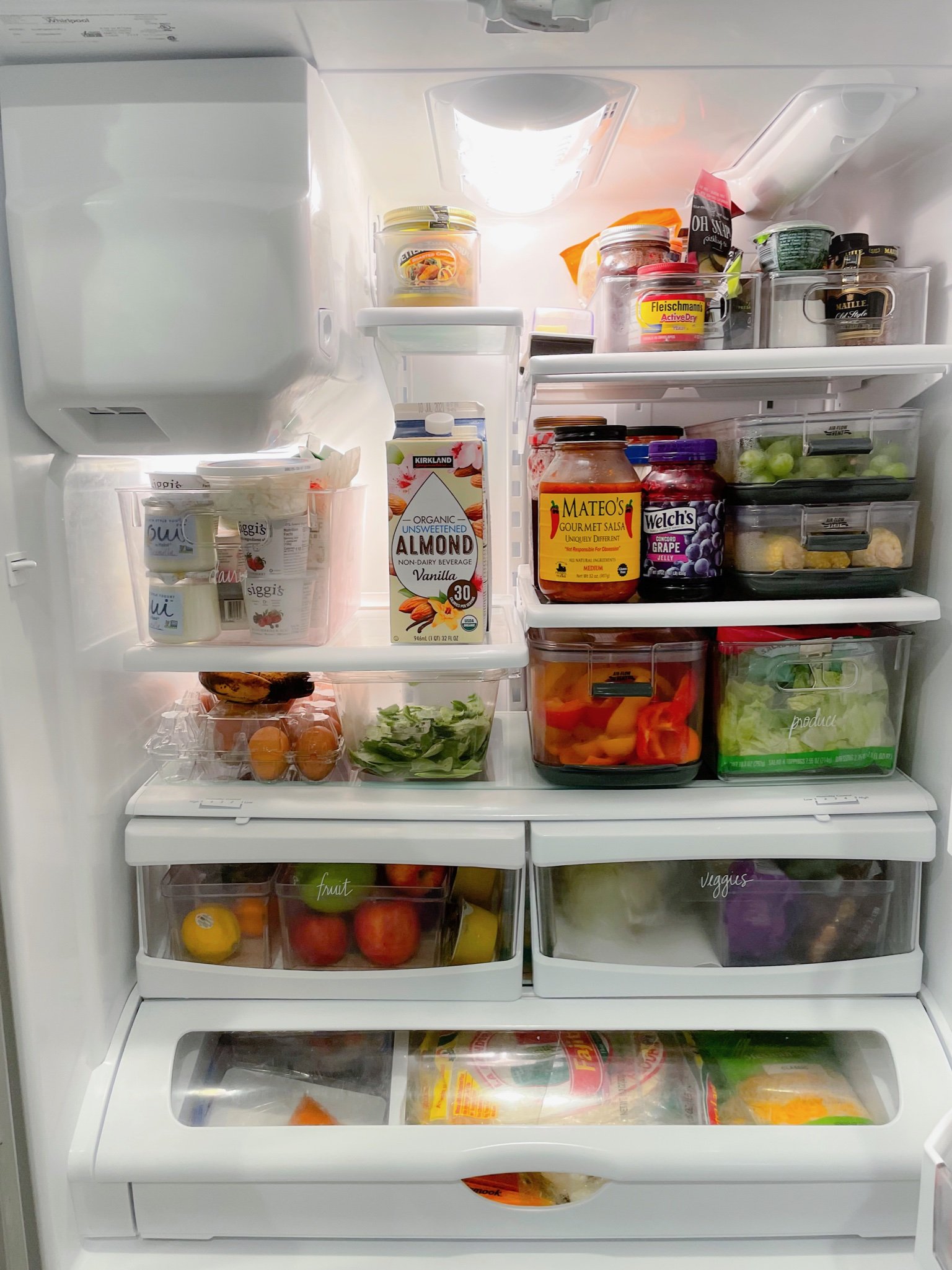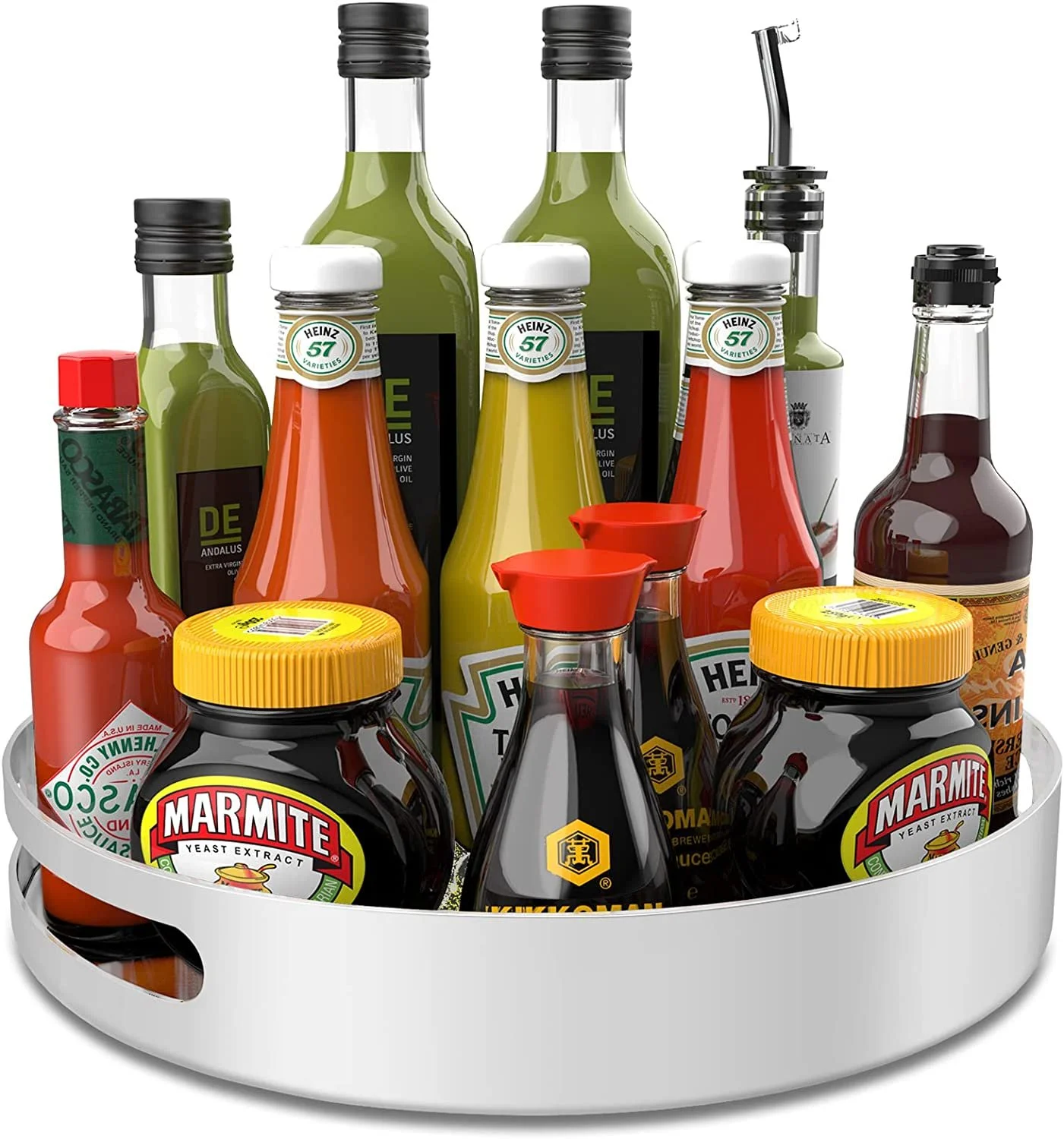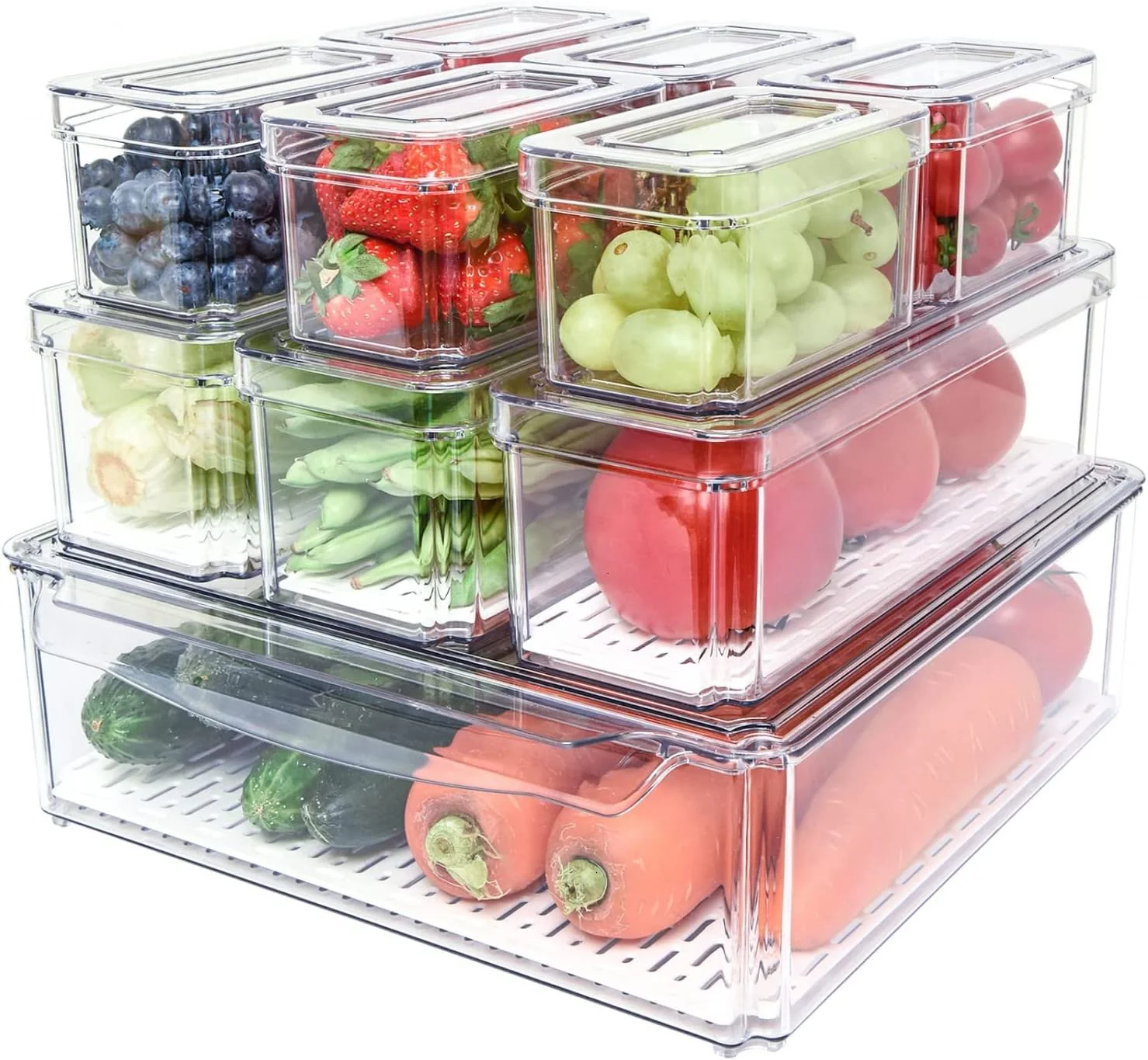Refrigerator Organization: Strive for Stylish Function, Not Perfection
When you buy something through our retail links, we may earn commission.
Are you obsessed with Instagram and TikTok refrigerator restock videos and reels, where every colorful, juicy fruit has been properly washed, dried, and put away in its own dedicated container? Where kids’ drinks and yogurts are neatly lined up, one after the other?
I admit I feel a moment of refrigerator envy when I watch these videos and look at the perfect pictures of packaged foods and produce arranged in rainbow order, with everything elegantly labeled and in its proper place.
But then I start wondering: Where are the leftovers? Where are the random foods that you pick up at Trader Joe’s just to try for the heck of it? And do the amazingly healthy people with perfect-looking refrigerators eat the same, limited number of things all the time, so that everything can go back in exactly the same place when they restock? And of course, does their beautifully washed produce ever go bad (because they sure do seem to have A LOT of it)?
So, when our clients ask us about organizing their refrigerators, we always caution them about their expectations. Can we replicate the model spaces they see on social media? Absolutely. But, if we only use these inspiration pictures and videos as our guides, will what we help them achieve be sustainable and fit with their actual daily lives?
Going into refrigerator organization with a realistic view of what is achievable and sustainable for your particular lifestyle and household is important, and as with any other organization project, creating systems and zones is essential. If you establish dedicated spaces for categories like dairy, condiments and sauces, meats/protein, fruits and vegetables, milk, juices and drinks, and of course leftovers, you have won half the refrigerator-organization battle.
Creating zones will take care of the functional aspects of your project, but don’t worry, you don’t have to totally give up on your dreams of injecting style into this space. Here are 5 things you can do to combine style with function:
1. Use turntables and lazy Susans for things like sauces and or condiments on the top shelf. Bottles tend to get lost when grouped together, but a turntable allows you to find exactly what you need with a simple turn of the tray.
2. Decant your eggs into clear egg containers (and make sure you note their expiration dates with a dry erase or chalk marker somewhere on the container). Your eggs will definitely look prettier, and the flat tops of these containers make it possible to stack things on top of them if absolutely necessary without crushing the eggs.
3. Use clear containers to hold foods from categories like cheeses, meats, or yogurt. There are many refrigerator-organization sets available on the market.
4. Take advantage of your fridge’s built-in drawers and designate each drawer as a zone. Do the same with the built-in shelves on the door.
5. Label your zones, containers, drawers, and maybe even shelves. Labels just take organization to the next level both functionally and stylistically. They are constant reminders of where things should go, and they look pretty, too. If you don’t have your own label maker, pre-printed refrigerator labels are available from a variety of places, including Amazon, the Container Store, and Etsy.
Much of the advice above can also be applied to organizing your freezer. The keys here are again to create zones and division and use containers to separate and establish order wherever possible.
To maintain your beautifully organized refrigerator and make sure it always looks its best, regularly set aside time to check expiration dates, dispose of what you don’t want or need anymore, and do a little cleaning, wiping down shelves and drawers as necessary. Unfortunately, in the real world, refrigerators don’t clean themselves or look “perfect” without a little bit of regular care and maintenance (darn it!).



